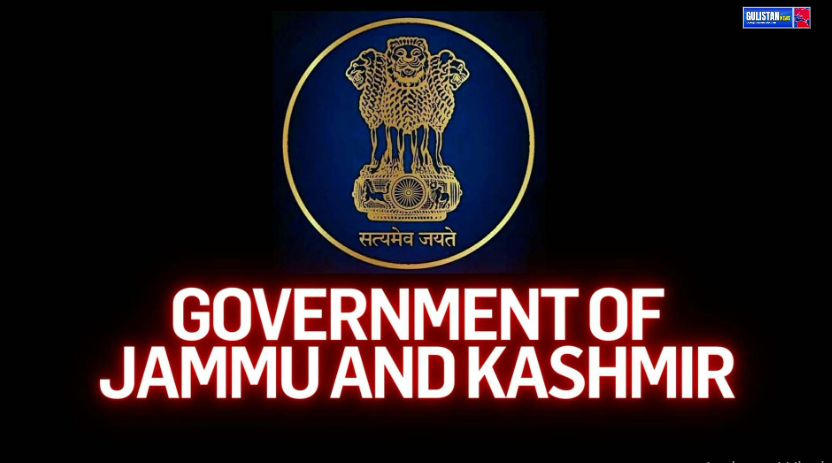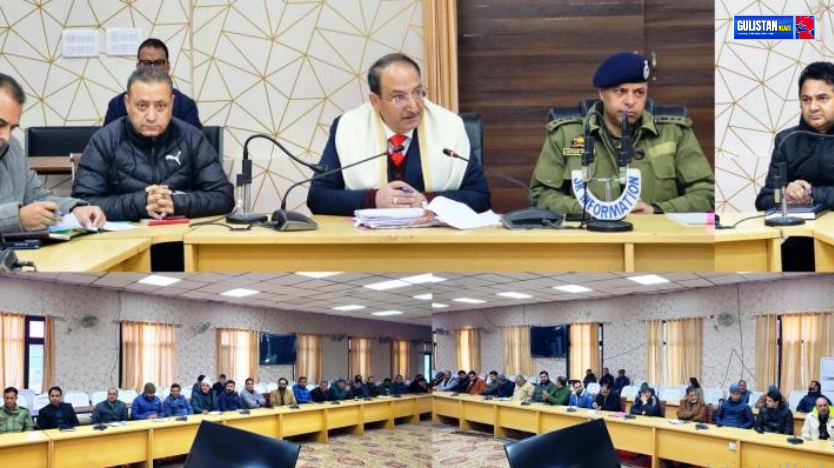Prime Minister Narendra Modi has inaugurated the Param Rudra Supercomputing System, marking a significant milestone in India’s journey towards technological advancement and self-reliance.
The state-of-the-art facility, developed by the Centre for Development of Advanced Computing (C-DAC), represents a major boost to the country’s high-performance computing capabilities.
WHAT IS PARAM RUDRA SUPERCOMPUTER?
Param Rudra, named after the fierce avatar of Lord Shiva, is designed to tackle complex computational challenges across various scientific and engineering domains. Three Param Rudra supercomputers have been developed at Rs 130 crores, indigenously under the National Supercomputing Mission. “Whether it is the economy or ease of doing business or disaster management capacity or ease of living, there is no sector that is not directly dependent on technology and computing capabilities. This sector is the biggest foundation of India’s success in industry 4.0,” the prime minister said. He added that India building its own semiconductor ecosystem which will be an important part of the global supply chain.
With its impressive processing power, the supercomputer is expected to accelerate research and development in fields such as artificial intelligence, machine learning, and data analytics.
DEPLOYING PARAM RUDRA
The three supercomputers have been deployed in Pune, Delhi, and Kolkata to support cutting-edge scientific research. Pune’s Giant Metre Radio Telescope (GMRT) will use the supercomputer to study Fast Radio Bursts (FRBs) and other astronomical events. In Delhi, the Inter-University Accelerator Centre (IUAC) will advance research in material science and atomic physics. Meanwhile, the S.N. Bose Centre in Kolkata will lead advanced studies in physics, cosmology, and earth sciences.
Alongside Param Rudra, PM Modi also unveiled a specialised High-Performance Computing System dedicated to weather and climate research. This system is poised to revolutionize India’s meteorological forecasting capabilities, enabling more accurate predictions of weather patterns and climate trends.
The enhanced forecasting abilities will have far-reaching implications for agriculture, disaster management, and urban planning.
During the inauguration ceremony, the Prime Minister emphasised the importance of indigenous technology development in achieving India’s goal of becoming a global leader in the digital age.
He highlighted how supercomputing facilities like Param Rudra align with the government’s vision of “Atmanirbhar Bharat” (Self-Reliant India) and will contribute to solving real-world problems faced by the nation.
The deployment of these advanced computing systems is expected to bolster India’s position in the global supercomputing arena. It will provide researchers and scientists with the tools needed to tackle pressing challenges in areas such as healthcare, renewable energy, and climate change mitigation.









